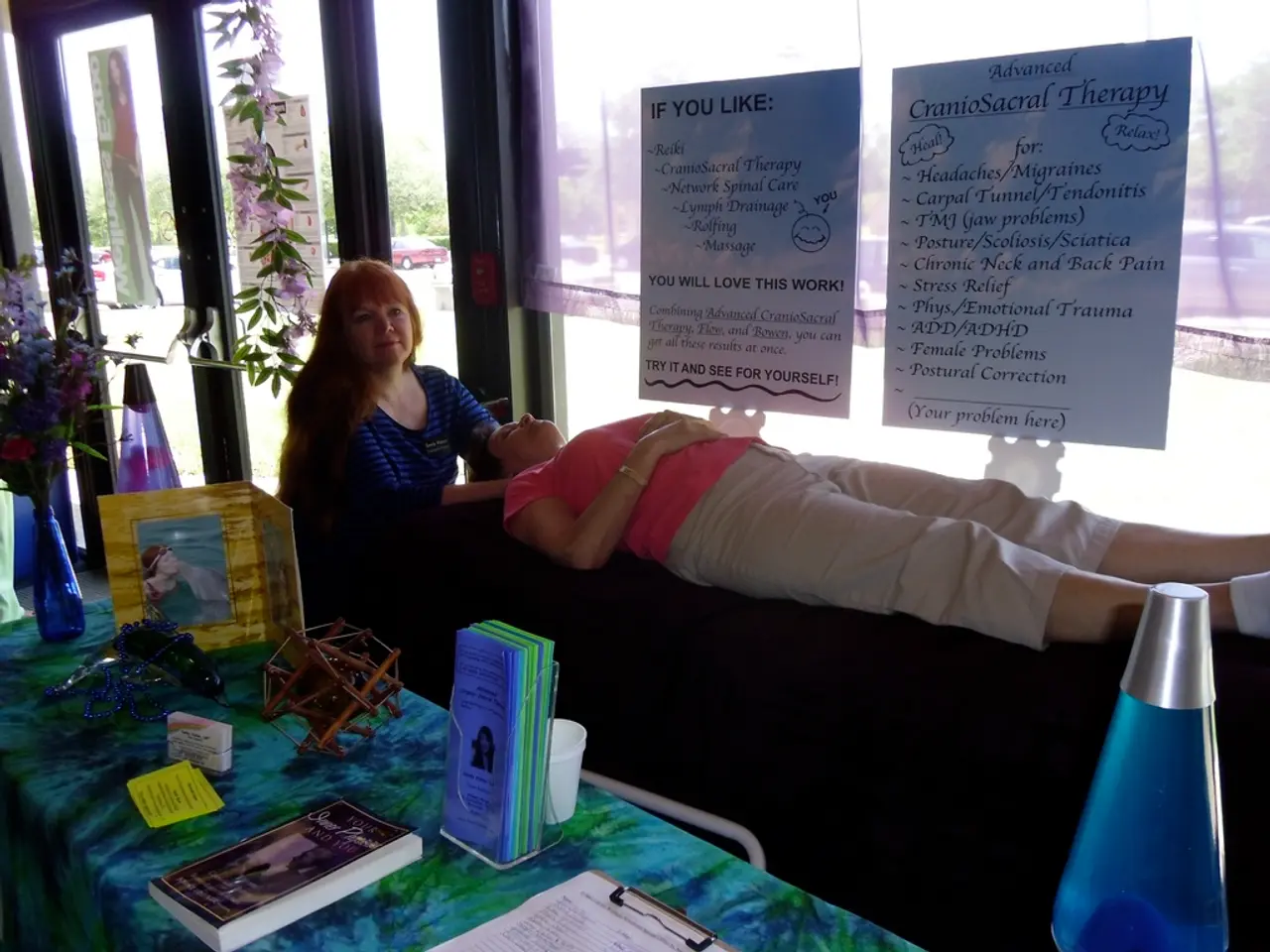Body's Natural Aging Process and Botox: Insights from a Specialist
In the ever-evolving world of skincare, Botox has become a popular choice for those seeking to address the signs of aging. This article aims to provide a clear and informative overview of Botox treatments, their benefits, costs, and considerations.
Botox is a toxin that, when injected, can prevent the release of a neurotransmitter responsible for muscle contraction, thus helping to reduce dynamic rhytides – the type of wrinkles that appear due to facial expressions. If someone starts regular Botox treatments at the age of 25 and continues until 60, with an average of about 3 to 4 sessions per year, they could have approximately 105 to 140 Botox sessions in total.
The cost for Botox treatments varies widely, ranging from $150 to $1600 per session. It's essential to consider this factor when deciding to pursue Botox treatments, as the cost can add up over time.
Preventive Botox is usually started before wrinkles have deepened into permanent furrows. The decision to pursue preventive Botox is highly personal and depends on individual skin needs and aesthetic preferences. In 2017, there was an increased use of Botox in people in their 20s and 30s, indicating a growing trend towards early intervention.
However, it's important to note that Botox is not suitable for everyone. Pregnant or nursing people should not get Botox treatments. Side effects of Botox include double vision, swelling, headache, nausea, and fatigue, which can occur due to the unintended spreading of the toxin. Anyone experiencing trouble breathing, swallowing, or talking after Botox should call 911 immediately.
Aftercare instructions are crucial to follow to get the best possible result and avoid mishaps. Sunscreen is also vital in the fight against wrinkles. It should be worn daily with broad-spectrum SPF 30 or higher.
When considering Botox, it is recommended to look for a trusted dermatologist or medical aesthetics provider with credentials and a solid reputation. The effects of Botox are temporary, lasting 3 to 6 months, so regular sessions are required to maintain a wrinkle-free appearance.
Chemical peels and retinol are other skincare options that can help address fine lines and wrinkles. Chemical peels exfoliate the skin with chemicals, while retinol is an anti-wrinkle agent that improves skin texture, encourages cell turnover, and collagen production while reducing uneven pigmentation.
Dana Berkowitz, a gender studies professor, delves into the rise of Botox and its marketing strategies in her book Botox Nation: Changing the Face of America. The book provides an interesting perspective on the cultural implications of Botox and its growing popularity.
In conclusion, while Botox can be an effective tool in the fight against wrinkles, it's essential to approach the decision with careful consideration, taking into account the costs, potential side effects, and the need for regular maintenance. As always, consulting with a trusted skincare professional is crucial in making the right choice for your skin.
Read also:
- Hospital's Enhancement of Outpatient Services Alleviates Emergency Department Strain
- Increased Chikungunya infections in UK travelers prompt mosquito bite caution
- Kazakhstan's Deputy Prime Minister holds discussions on the prevailing circumstances in Almaty
- In the state, Kaiser Permanente boasts the top-ranked health insurance program





